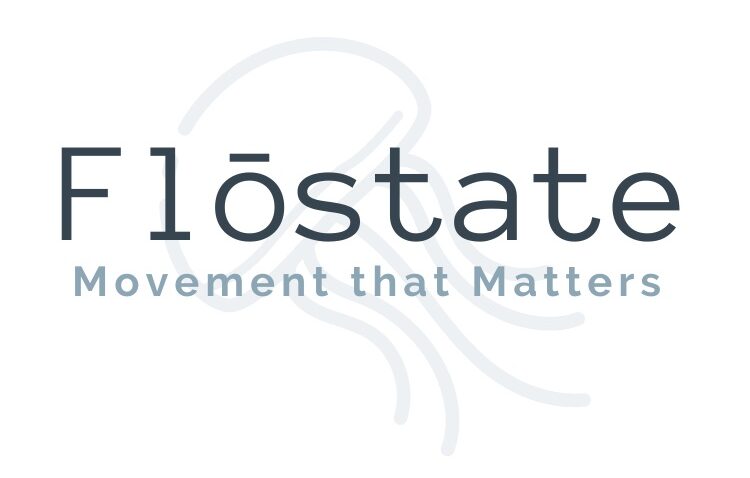Tis the season for goal setting, resolutions, and embarking on new ventures. Most of us have that nagging feeling that we want to make changes and start fresh. This can happen at any point for any reason, but the drive is especially strong right now as we usher in a new year. We always have good intentions, but many times we miss the mark with our plan (wait, I need a plan?!) and ultimately fail to reach whatever we set out to achieve. How can we do better? What do we need to change to reach the goals we set and get the results we seek?
Here are 5 things you should be doing to reach your goals:
Number 1: Make your Goals “Smart Goals”
You’ve probably heard this one already, but it bears repeating. Your goals should be S.M.A.R.T. That stands for Specific, Measurable, Achievable, Relevant and Time Bound. Why?
Specific goals help bring focus to what you want. You can’t do everything; narrow it down.
Measurable goals are anchored in metrics that you can measure and therefore track. How will you know how far you’ve come if you don’t have a way to measure it?
Achievable goals are things that you know you can realistically accomplish. So probably not losing 20lbs in one month or climbing Mt. Everest…forget the extreme, get real instead.
Relevant goals are those that make sense in your life. Why is this goal important to you? This may be one of the most important aspects of your goal and goal setting in general – THE WHY. It has to mean something to you, or when the going gets tough, you’ll jump ship.
Time Bound goals have a deadline attached to them. You need this time frame so you can create your plan. It also gives you a sense of urgency that motivates you to act.
Number 2: Defining Your “WHY”
Get crystal clear on why you want to do this. Why change at all? Why THIS goal? Make it for you, not for anyone else. Why will this goal improve your life, health or situation? Why is it important? Visualize how you will feel once you achieve this goal. Is it striking a nerve or not? Go deeper and keep asking “why” until you can articulate why this goal is important to pursue.
Number 3: Learn from Past Experiences / Failures
Most likely you’ve tried to make changes before, or even tried to achieve this same goal in the past. Reflect on that. What worked? What didn’t? What were your “hiccups”? Where did you get stuck? When did it get hard and why? This reflection could give you some important information on what strategies to use this time around.
Number 4: Secure a Source of Accountability
Tell someone about your goal, and better yet, someone with whom you value their opinion (related article). And get specific. Talking about the plan you will do specifically (versus the end goal) is even more beneficial in terms of holding you accountable. There is a part of you that won’t want to let the person you tell down or risk their disappointment if you fail. Use this to your advantage! And along with that, get yourself an “Accountability Partner”. Maybe this is a coach, friend, trainer, colleague – someone that you trust and “gets it”…someone that will support you through the journey, but will also get real with you and coax you back on track when things get challenging. Speaking of challenges…
Number 5: Expect Challenges
If nothing changes, nothing changes. Reaching a new goal will require a shift in you and it will require WORK from you. This is uncomfortable. I believe this is one area where people tend to have a blind spot. We want to skirt through on motivation alone, thinking it should be relatively easy because we just want to succeed so bad. However, there will be times that you want to quit and following your plan will be hard. What’s your plan when it gets tough?
When that happens, you know what? Come back to this article. Come back to your “Why”. Analyze it all again. Call your accountability partner. Follow your plan. Keep on going. You’ll shatter your goals and learn a ton in the process!
